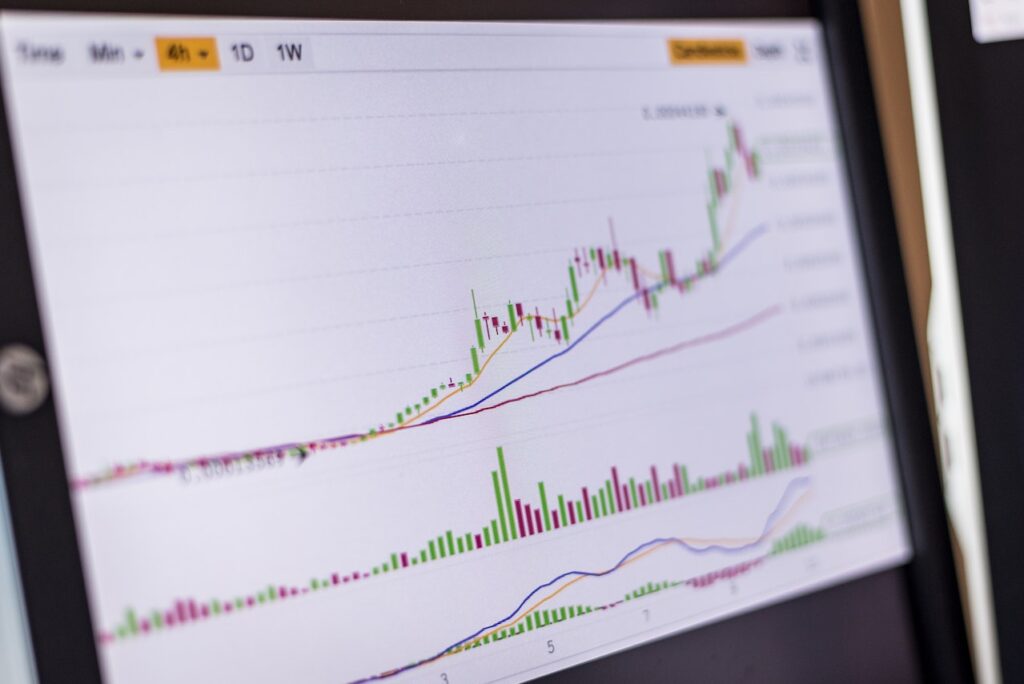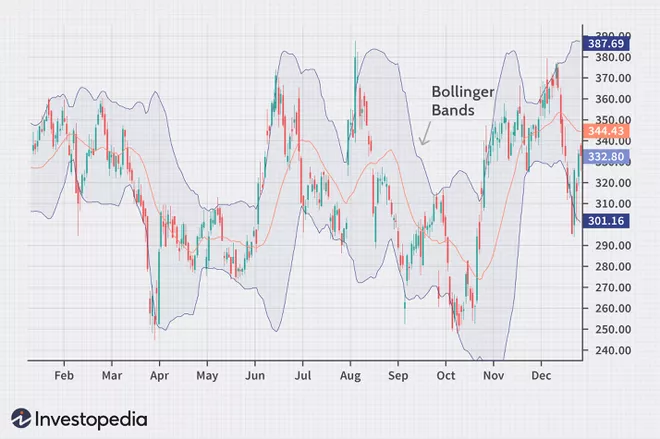When a market starts an uptrend, it is possible to detect a bearish candlestick pattern. However, it is very risky to take a short position during this pattern. To minimize the risk, you should wait for a full day before deciding to short a stock. If you have seen a bearish candlestick pattern, you should hold off until it has been up for two days.
3-candlestick pattern
A 3-candlestick bearish pattern is a candlestick formation with two different body lengths. The first body is a long candle, with a short lower shadow, while the second body is shorter and has a short upper shadow. It shows that the market is in an uptrend, but the price will quickly reverse after it forms the pattern.
There are many different candlestick patterns to look out for. The 3-candlestick bearish pattern is the most popular and is a common technical indicator. Depending on the style and time frame, you can use it to predict market trends. In addition to identifying trend reversals, you can also look for a pattern called a doji star.
Hanging man
The Hanging man is a candlestick pattern used in financial technical analysis. This bearish reversal pattern consists of one candle with a long lower wick and short body at the top. Its upper wick is very short or not present. Generally, it indicates the price of an underlying security is likely to fall. This pattern is not a signal to buy, but rather a signal to sell.
The Hanging man candlestick pattern is easiest to spot on intraday and daily charts. It is a popular pattern among day traders. However, it is important to note that a hanging man candlestick pattern does not necessarily mean that the buyers have lost control of the price. Instead, it may be a sign that shorts are coming in. As with any other pattern, you should always wait for confirmation from the price before entering a trade.
Bearish Harami Cross
The Bearish Harami Cross is a popular candlestick pattern that is used to predict the reversal of an uptrend. The pattern looks for two red candles within the uptrend and a single doji candle within the downtrend. These candlestick patterns are usually used in conjunction with other indicators to determine if a stock is heading for a major trend reversal.
The harami candlestick pattern consists of two candlesticks, the first one is large and the second one is a doji candle contained within the first. When using this pattern, it is important to use the right charting software. TradingView is one of the best available, and it will allow you to add up to 3 indicators to your chart for free. You can also set alerts to notify you if price changes.
Bearish engulfing
When a bearish engulfing candlestick pattern appears, you may want to wait until the price action reverses, but it’s also important to avoid opening positions without trend. The next step is to determine your stop-loss level. This level will depend on your risk-reward ratio, but in general, you should set your stop loss above the high of the first candle in the pattern.
An engulfing candle is one of the forex market’s most clear price action signals. Many traders use it to identify price continuations and reversals. This pattern occurs when the body of the primary/bullish candle is engulfed by the body of a subsequent bearish candle. The body of the first candle must be smaller than the body of the second candle.
Bearish breakaway pattern
One of the rarest candlestick patterns is the Bearish Candlestick Pattern Breakaway. This pattern is formed when the price of an instrument breaks above its high or low and then reverses its trend. The first candle of this pattern will be long and white. The second and third candles will be white with a gap. The fourth candle is a large black candle. The fifth candle will be a bearish candlestick. When the Bearish Breakaway completes, the price will break downward.
The bearish candlestick pattern breakaway can occur during an uptrend. The first two candles are long and bearish, while the third candle is either long or short. It is the last candle of the pattern that indicates the weakness of the trend. The breakout candlestick pattern can only provide short-term signals. Therefore, it is important to monitor the price of an instrument for several days before you make your trading decision.







Facebook Comments